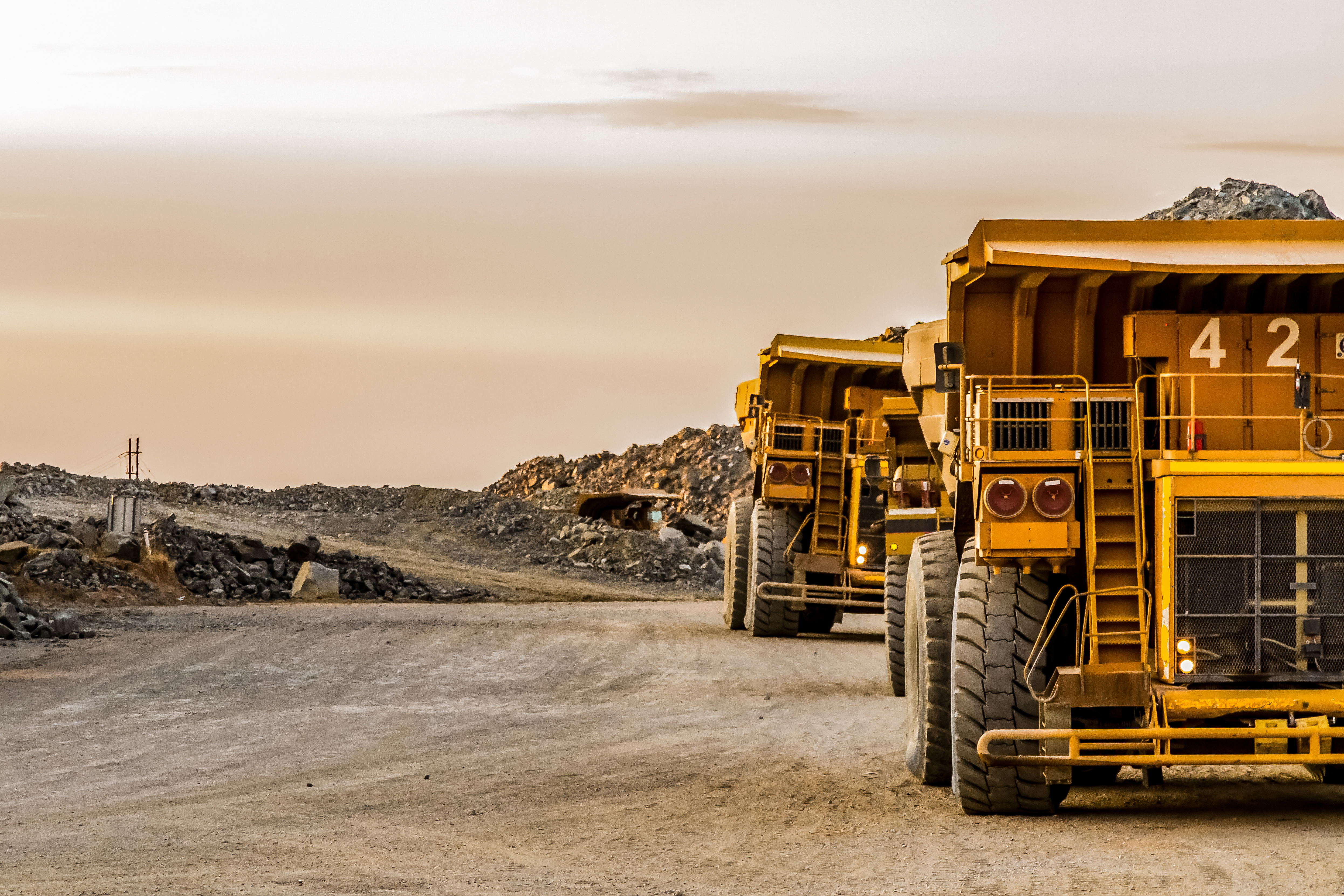Dust Suppression Spray Nozzles – An Overview
Breathing in dust at work is a serious issue, and can lead to a variety of illnesses and diseases. This is particularly true in the mining and quarrying industries, where the potential for exposure to dust is much higher than in other fields, and the composition of the dust may be more toxic.
Hence, dust suppression is critical to these industries. Dust not only affects the health and safety of mine and quarry workers but also threatens that of the residents in surrounding communities.
Arresting the spread of dust has typically involved the use of water as it is easily obtainable and stored. Water is also easy to deliver to the exact point of dust origin.
Dust suppression technology through the use of nozzles stops dust from getting scattered before it even becomes airborne. However, you need to consider the type of dust when choosing the right nozzle for dust control.
Nozzles are typically used for pre-wetting material or controlling dust leaving the confines of barrier-type suppression systems, such as enclosed transfer points in conveyors.
In this article, we’ll limit our discussion to the use of smaller applications: temporary, small and medium spray nozzles. We will not be talking about bigger spraying equipment like water cannons or stockpile sprays.
Basic types of nozzles
Before talking about selecting the best nozzle for specific dust suppression requirements, let’s first look at pressure atomising nozzles and air atomising or two-fluid nozzles.
Pressure atomising nozzles make use of the water pressure without the need for compressed air. There are two major types of pressure atomising nozzles:
- Flat spray or fan pattern nozzles: Spray droplets emerge from a flat-spray tip leading to the formation of a fan-shaped spraying pattern.
- Conical or cone pattern nozzles: This type is further divided into full cone pattern and hollow cone pattern nozzles. What these two have in common is the formation of either a full cone shape or a hollow conical pattern during water delivery.
Air atomising or two-fluid nozzles mix the water with compressed air leading to the formation of small droplets. A major advantage of air atomising nozzles (such as the XA series) is that you can use air pressure and flow to control droplet size. However, these require continuous quality air flow and filtration (a higher level of water purity) to prevent clogging and other maintenance issues.
General considerations for dust suppression
Selecting the right nozzle as part of a dust suppression solution depends on the situation. However, there are basic principles that apply to the use of dust suppression products such as nozzles. These include:
- Water quality: Whether you need to use filtered water or not depends a lot on the dust suppression scenario. In mining dust suppression, for example, there is no need to use filtered water, as doing so will only mean additional filter maintenance. However, when you’re using nozzles with small ports and difficult-to-access spray nozzles, it makes sense to ensure the water is as clean as possible to prevent clogging.
- Operating pressure and nozzle flow: To be able to deliver the required droplet size, there needs to be specific, guaranteed pressure and flow delivered to the nozzle.
- Material composition: The construction material used in nozzles depends on factors like water quality, operating pressure and the operating environment. Water quality issues such as high salinity or the use of suppression additives necessitate the use of long-wearing corrosion-resistant materials. Examples of these are nozzles constructed from stainless steel, ceramics or cobalt alloys. Nozzles that are made of plastic are cost-effective but can break down quickly when used under harsh conditions.
- Nozzle placement: To determine proper nozzle placement for the required coverage, there are nozzle performance tables you can refer to. These contain information on the required air or water pressure and flow, as well as on the spray angle appropriate for specific applications.
Once all of these factors are sorted out, you can then move on to determining the number of nozzles you need.
For static or non-moving applications such as a large cross-sectional area, you can use a conical nozzle as a dust prevention application. Doing this will also prevent the area from over-wetting. If the products to be sprayed are moving under the nozzle, such as with conveyor systems, a fan spray positioned at a right angle across the conveyor might work best.
The impact of droplet size
Selecting the right nozzle is critical in ensuring your dust suppression system produces the right droplet size. The droplet diameter needs to be of comparable size to the dust particle to ensure contact and collision.
Otherwise, if the droplet diameter is significantly larger than that of the dust particle, the dust will simply follow the air stream around the droplet and not make contact. Therefore, for maximum agglomeration, it is essential for the dust particles and water droplet sizes to be more or less of the same size.
Smaller droplets work in suppressing finer dust particles or fine airborne dust. You can use hollow cone spray nozzles for this purpose. Another alternative would be to use air atomising nozzles that produce small droplets. Note that these are better suited for protected areas that are not subject to wind drift, or areas with very fine dust particles.
Nozzles that produce fog-like droplet sizes require excellent filtration in order to produce like-sized water droplets that can effectively capture similarly sized fine dust particles.
To get assistance with the various dust suppression methods and dust solution products needed for your specific applications, please get in touch with Spray Nozzle Engineering.



